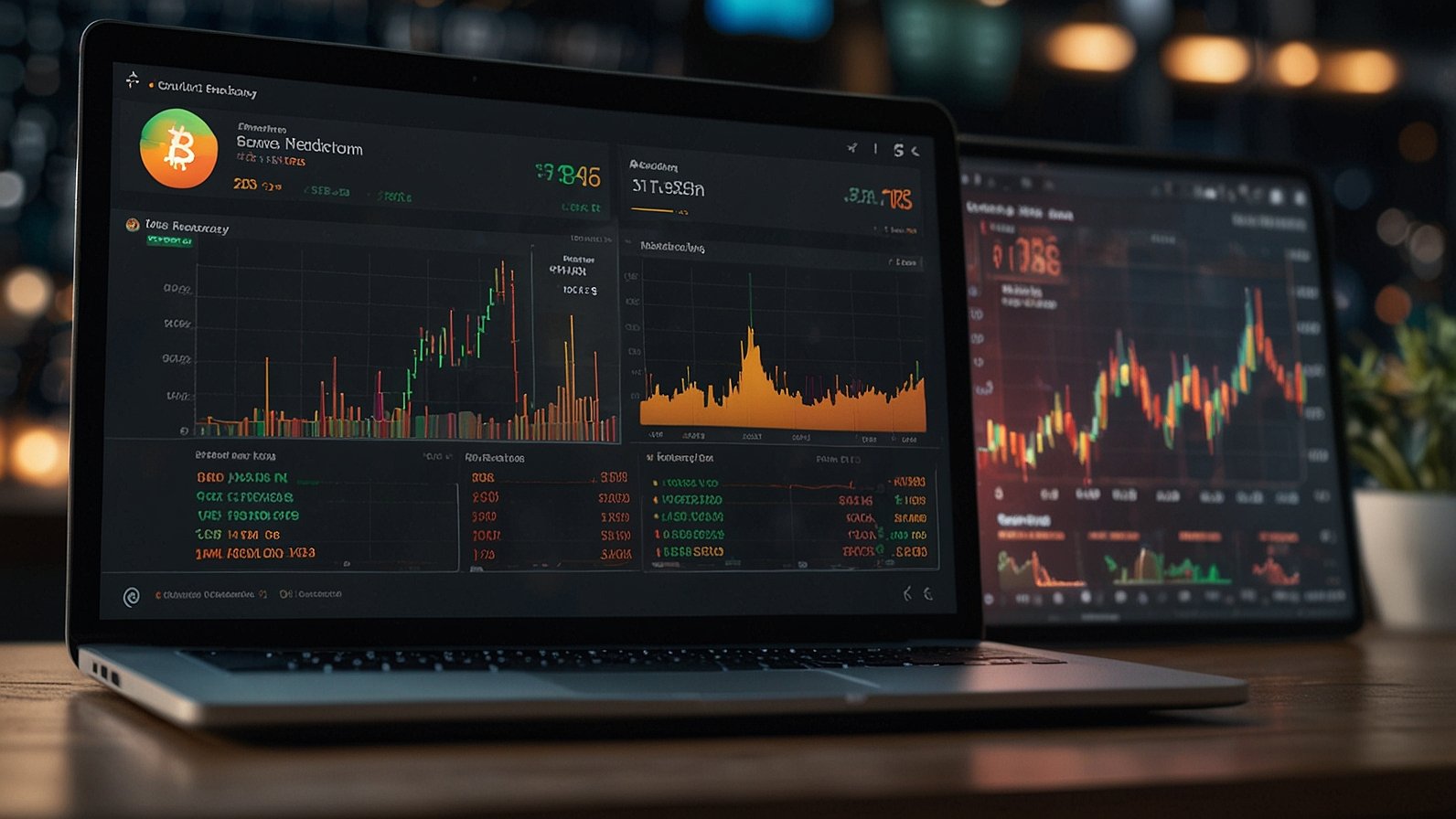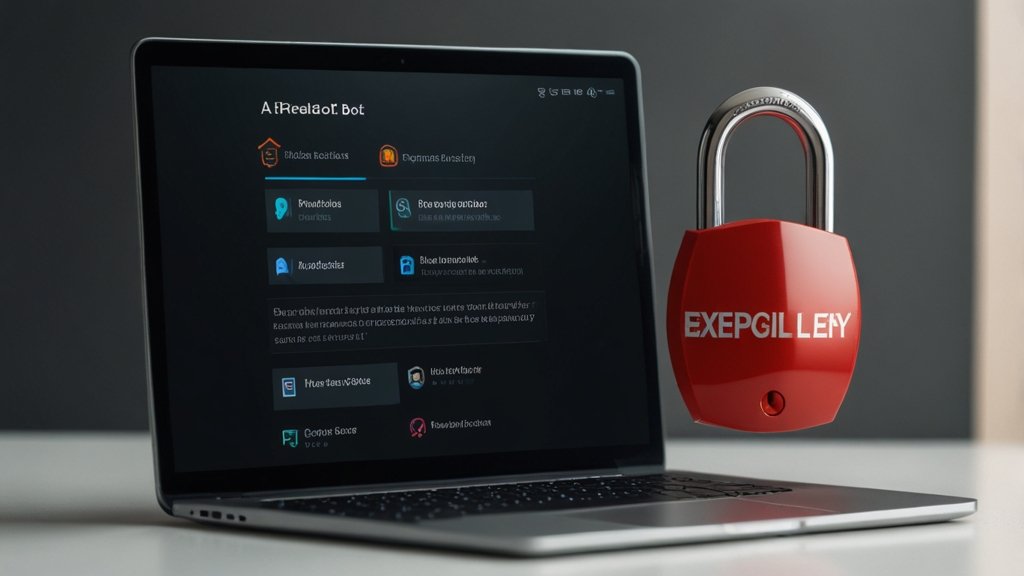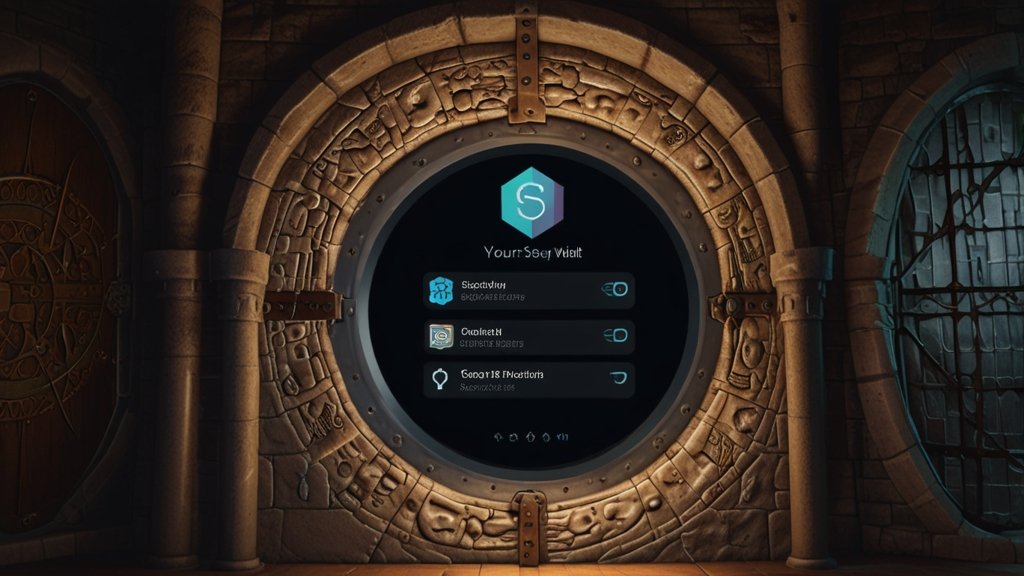Remember feeling like cryptocurrency was a secret society meeting in a digital back room, speaking a language only coders and finance PhDs understood? You’re not alone. For years, terms like “blockchain,” “gas fees,” and “DeFi” created an intimidating barrier. But here’s the exciting truth: the crypto gates are wide open, and you absolutely belong here—no tech degree required. The revolution has shifted from exclusive to accessible, and this guide is your friendly map to confidently step inside.
Why Crypto Felt Like Fort Knox (And Why It Doesn’t Anymore)
Let’s be honest, early crypto platforms weren’t winning any user-friendliness awards. Imagine trying to navigate a spaceship control panel just to buy $10 of Bitcoin. Complex interfaces, terrifying security protocols (lose this 64-character key and lose your life savings!), and zero guidance left most people feeling excluded.
The turning point? Realization struck the industry: for crypto to truly change the world, everyone needed a seat at the table. This meant a fundamental redesign focusing on:
- Human-Centered Design: Platforms started prioritizing clean layouts, intuitive navigation, and clear language over technical showmanship.
- Education First: In-app tutorials, glossaries, explainer videos, and bite-sized learning modules became standard, demystifying concepts before users needed to act.
- Automated Security: Robust protection (like bank-grade encryption and automated two-factor authentication) became the silent, reliable bodyguard, working seamlessly in the background.
- Real Human Help: The emergence of 24/7 live chat support and responsive help desks meant users were never abandoned with a confusing error message.
Demystifying the Jargon: What You Actually Need to Know
You don’t need to be a blockchain developer. Here’s a breakdown of core concepts in plain English:
- Blockchain: Think of it as a super-secure, public digital ledger. Instead of being stored in one place (like a bank’s server), copies exist on thousands of computers worldwide. When a new transaction happens (like sending crypto), it’s added as a “block” to this chain. Because everyone has a copy and verifies new blocks, it’s incredibly hard to cheat or hack. Your Takeaway: It’s a transparent and secure way to record transactions without a central authority.
- Wallet: This isn’t a physical leather billfold. It’s a digital tool (an app or physical device) that stores the keys to access your crypto on the blockchain. Your “public key” is like your account number (people can send crypto to it). Your “private key” is like an ultra-secure password – never share it! Your Takeaway: A wallet lets you send, receive, and securely hold your crypto.
- Bitcoin (BTC): The original cryptocurrency, created as a decentralized digital payment system.
- Ethereum (ETH): More than just digital cash. It’s a platform that allows developers to build applications (like lending/borrowing apps, NFT marketplaces) on its blockchain using “smart contracts” (self-executing agreements).
- Stablecoins (e.g., USDT, USDC): Cryptocurrencies pegged to the value of a stable asset, usually the US Dollar. They offer the speed of crypto without the wild price swings, great for trading or sending value.
- NFT (Non-Fungible Token): A unique digital certificate of ownership stored on the blockchain, used for digital art, collectibles, music, and more. It proves something is one-of-a-kind.
- Staking: Like earning interest in a savings account. By locking up certain cryptocurrencies to help secure their network, you earn rewards paid in that crypto.
- Gas Fees: Small transaction fees paid to the network validators (miners or stakers) to process your transaction. Fees fluctuate based on network demand.
Key Point: You don’t need deep technical knowledge of how these work under the hood to use them effectively, just like you don’t need to understand combustion engines to drive a car.
Your Step-by-Step Journey into Crypto (Zero Tech Skills Needed)
Ready to dip your toes in? Here’s your stress-free roadmap:
- Choose Your Battlefield (The Right Platform): This is CRITICAL. Your experience hinges on finding a platform built for you. Look for:
- Clean, Intuitive Interface: Can you find the “Buy” button instantly? Is the layout uncluttered?
- Guided Onboarding: Does it walk you through setup step-by-step?
- Built-in Education: Look for easily accessible articles, videos, or tutorials explaining basics and features.
- Simple Buying/Selling: How many clicks does it take to make your first purchase?
- Robust Security: Features like 2FA, withdrawal whitelists, and email/SMS alerts are essential.
- Responsive Support: Knowing help is available if you get stuck is vital for confidence.
- Beginner-Friendly Features: Look for straightforward staking, easy portfolio tracking, and clear fee structures. This is where choosing an easy-to-use platform like BYDFi makes all the difference. BYDFi exemplifies this user-first approach with its intuitive dashboard, one-click trading options, extensive learning academy, and dedicated support, specifically designed to remove technical friction.
- Start Small & Learn: Don’t rush to invest your life savings. Begin with a small, comfortable amount – maybe $20-$50. Use this to:
- Practice buying (e.g., $10 of Bitcoin, $10 of Ethereum).
- Practice sending a tiny amount to your own wallet (if the platform offers one) or to a friend (with their permission!).
- Explore the platform’s features – look at charts (don’t worry about deep analysis yet), check out staking options, find the educational resources.
- Embrace the Learning: Spend time in the platform’s academy or help center. Follow reputable, beginner-focused crypto news sources (Coindesk, Cointelegraph basics sections).
- Understand Security (It’s Simpler Than You Think): Security is paramount, but modern platforms handle much of the heavy lifting:
- Strong, Unique Password: Use a password manager.
- Enable 2FA (Two-Factor Authentication): Always use an app like Google Authenticator or Authy, not SMS if possible. This adds a crucial second layer of login protection.
- Beware of Phishing: Never click suspicious links in emails or messages claiming to be from your exchange. Always type the website address directly or use a trusted bookmark. Legitimate platforms will never ask for your private key or password via email.
- Platform Security: Choose reputable platforms (like BYDFi) that use industry-standard security practices (cold storage for most funds, encryption). Use official app stores for downloads.
- Explore Simple Ways to Engage: Once comfortable with basics:
- Recurring Buys: Set up automatic small purchases (e.g., $10/week) – a disciplined strategy called Dollar-Cost Averaging (DCA).
- Staking: Explore staking stablecoins or platform tokens if offered. It’s often as simple as clicking “Stake” and confirming.
- Follow Trends (Curiously): Use simple portfolio trackers within your platform to see how your small investments perform. Focus on understanding why prices might move based on news, not on predicting swings.
Why Crypto Matters for You (Beyond Just Investment)
Crypto isn’t just about hoping the price goes up. It unlocks new possibilities:
- Financial Inclusion: Send money across borders faster and often cheaper than traditional services (remittances). Access financial services without a traditional bank account.
- Ownership & Control: Hold digital assets directly (via your wallet keys), reducing reliance on intermediaries. True digital ownership (evident with NFTs).
- Transparency: Blockchain transactions are publicly verifiable (while protecting identities), increasing trust in systems.
- New Economic Participation: Earn rewards through staking, participate in governance of some projects, access new forms of lending/borrowing (DeFi – start simple!).
- Supporting Innovation: By participating, even simply, you’re supporting the development of new internet infrastructure (Web3).
Addressing Common Fears (It’s Okay to Be Cautious!)
- “It’s Too Volatile!” Absolutely true for many coins. Mitigate this by: 1) Only investing what you can afford to lose, 2) Starting very small, 3) Focusing on established assets (BTC, ETH) initially, 4) Using DCA, 5) Avoiding hype-driven “get rich quick” schemes.
- “I’ll Get Hacked!” While risks exist, practicing strong security hygiene (strong passwords, 2FA, using reputable platforms like BYDFi) significantly reduces this risk. Most major hacks target platforms, not individual users with good practices. Platform security is paramount.
- “I Don’t Understand It Enough!” This is the easiest to fix! Start with the educational resources on your chosen platform. Reputable sites offer beginner guides. You learn by doing in small, safe steps. Everyone starts at zero.
- “Is It Too Late?” Crypto is still in its relative infancy compared to traditional finance. While early adopters saw massive gains, the technology and its applications are still evolving and maturing, offering long-term potential.
Beyond the Basics: Growing Your Comfort Zone
As your confidence grows, you can carefully explore further:
- Deeper Dives: Learn more about specific sectors like DeFi (decentralized finance) or NFTs from trusted educational sources.
- Hardware Wallets: For larger holdings, consider a physical device (like Ledger or Trezor) for enhanced security (keeping keys offline).
- Community: Join online forums or social media groups focused on beginner education (be wary of groups pushing specific coins or “pumps”).
- Diversification: Explore different cryptocurrencies beyond just BTC and ETH, always researching thoroughly first.
The Future is Accessible (And You’re Invited)
The narrative has fundamentally shifted. Cryptocurrency and blockchain technology are no longer the sole domain of technologists. They are evolving into tools for empowerment, innovation, and financial access for everyone. The complexity is being abstracted away, much like the complex mechanics of the internet are hidden behind simple web browsers and apps.
Your lack of a tech background is not a barrier; it’s irrelevant. The power now lies in choosing tools designed for clarity, security, and ease of use. Platforms that prioritize your experience are paving the way for mass adoption.
Taking That First Step (It’s Easier Than You Think)
The biggest hurdle is often starting. Here’s how to begin today:
- Research User-Friendly Platforms: Spend 30 minutes comparing a few platforms known for beginners. Read reviews focusing on ease of use and support.
- Sign Up: Create an account on your chosen platform (like BYDFi). Go through their verification process (KYC) – this is standard for security and regulation.
- Explore the Dashboard: Don’t click any buy buttons yet! Just navigate. Find the learning section. Look at the buy/sell interface. Find the support contact.
- Fund Your Account: Link your bank account (usually via secure methods like Plaid) or use a debit card to deposit a small amount ($20-$50).
- Make Your First Micro-Purchase: Buy $5 worth of Bitcoin or a stablecoin. Celebrate this milestone!
- Watch and Learn: Observe how the value fluctuates slightly. Check out the educational content. Maybe send $1 worth back to your bank account to see the withdrawal process.
The Bottom Line:
The crypto revolution is democratizing finance and digital ownership. It’s moving from the fringes to the mainstream, and the tools are finally here to welcome you exactly as you are. The complexity is being managed for you. All that’s required is your curiosity and the willingness to take that first, simple step using platforms built with you in mind. The future of digital assets is inclusive, and your journey starts now.
You May Also Like: Unlock Crypto’s Future: How icryptoai.com Innovation Makes Trading Smarter











